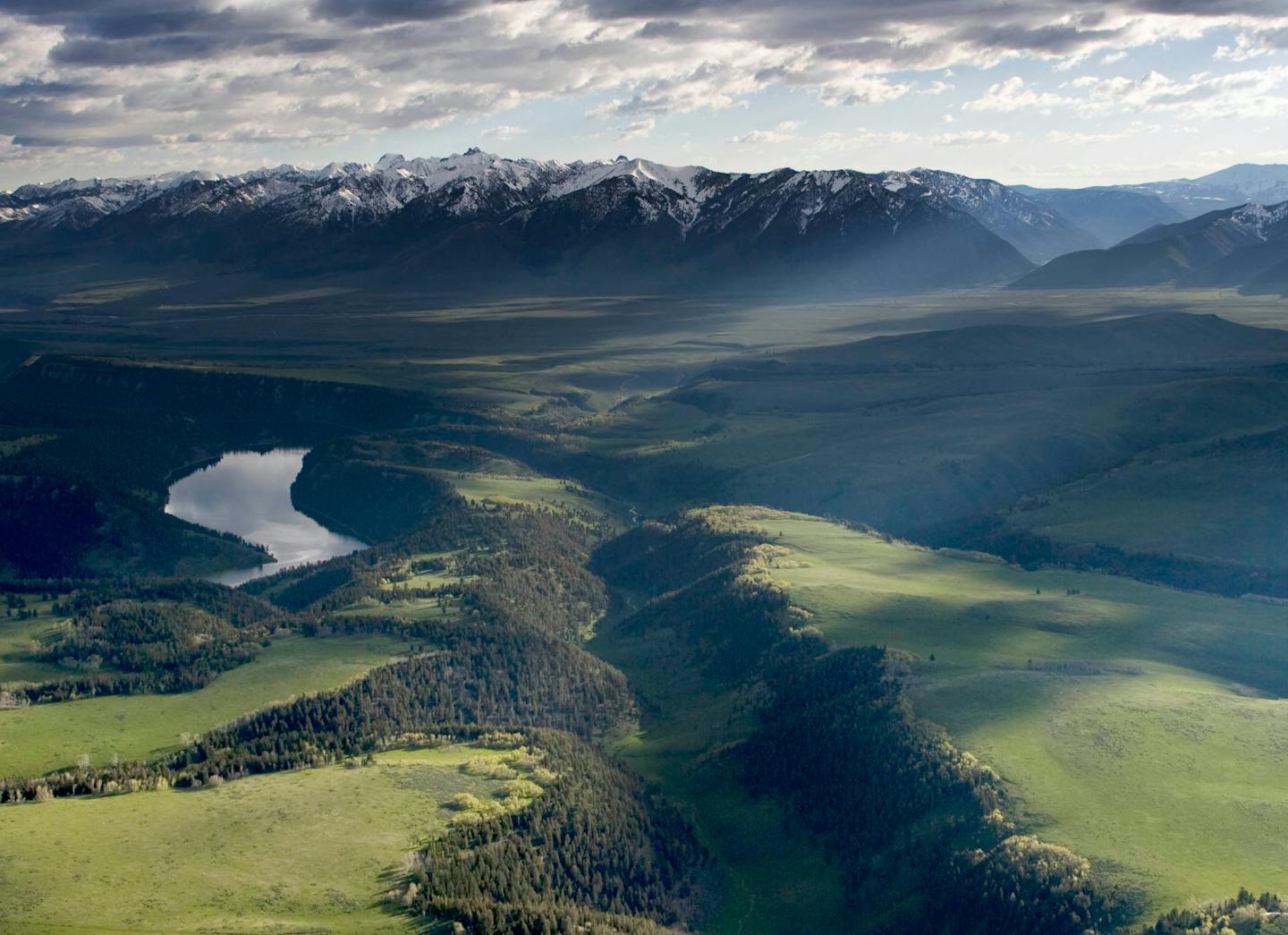What thirty years of connectivity conservation planning tells us
Connectivity conservation is rapidly emerging around the world as the primary strategy to counteract landscape fragmentation and minimize the effects of climate change - at local, national, and global scales. Connectivity is the degree to which landscapes and seascapes allow species to move freely and ecological processes to function unimpeded. Scientific evidence overwhelmingly demonstrates that habitat connectivity, provided via wildlife corridors, linkage zones, and wildlife crossing structures, counteracts landscape fragmentation and promotes species conservation and ecological functions.
Global, governmental awareness of the importance of connectivity has been advancing - along with respective policy to increase implementation. Yet, there has been no systematic, evidence-based study to assess the success of connectivity conservation plans (CCPs).
To fill that gap, The Center for Large Landscape Conservation (CLLC) conducted the first systematic global of connectivity planning from plan inception to on-the-ground action. For the study, CLLC gathered information on 263 terrestrial CCP plans, examined and compared specifics of 109 plans, and interviewed the authors and implementers of 77 CCPs. All of those 77 were followed by implementation actions such as crossing structures, ecological restoration, land purchases or easements, recognition of corridors through zoning or government designation, and public engagement.
Of the 263 CCPs included in the study, the earliest was from 1990 with 11 others released that decade. In the following decades, the number of CCPs increased significantly, with 89 during 2000–2009, and 163 since 2010. The majority of plans were from North America (52 CCPs); about half that number was from Europe. Africa came in close behind, followed by Asia and South America.
The study analyzed plan traits associated with implementation and highlighted those that affected the likelihood that crossing structures would be built. One such trait was location: crossing structures followed 67% of European CCPs, but less than 35% of CCPs elsewhere. In locations with connectivity laws or policies, 50% of CCPs resulted in crossing structures, compared to 16% of CCPs leading to crossing structures in places without connectivity laws, showing that governmental involvement greatly improves outcomes. Another such trait was the focal species. For example, ecological restoration was approximately 30% more likely when amphibians, invertebrates, or plants were identified as focal species.
Interviewees stressed that another key factor in a plan’s implementation was initial buy-in from key government stakeholders - and that their involvement didn’t end there. Participation in implementation meetings and comments in the drafting phase led to changes that facilitated implementation. Organizational stability, such as continuity of leadership and minimized staff turnover within stakeholder agencies had a significant impact on whether a plan would lead to implementation. As all the efforts involved in seeing a plan through can take more than a decade from start to implementation, leadership continuity is crucial.
The authors of the study themselves highlighted the significance of funding, as an essential ingredient to move CCPs from concept to action. Connectivity legislation that provides funds for implementation can result in successful defragmentation at a national or international level.
With the results of this study, the first of its kind, now available, CCPs will hopefully continue growing in number, as potential authors and partnering organizations will now have guidelines for success. With such a road map to implementation, connectivity should move into the mainstream: becoming a primary strategy in governmental biodiversity conservation and climate change resilience.

.png?auto=compress%2Cformat&w=200)
